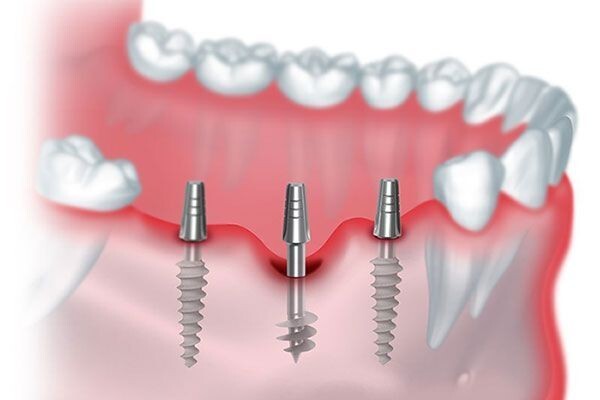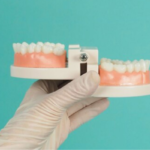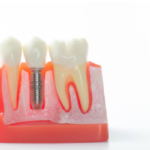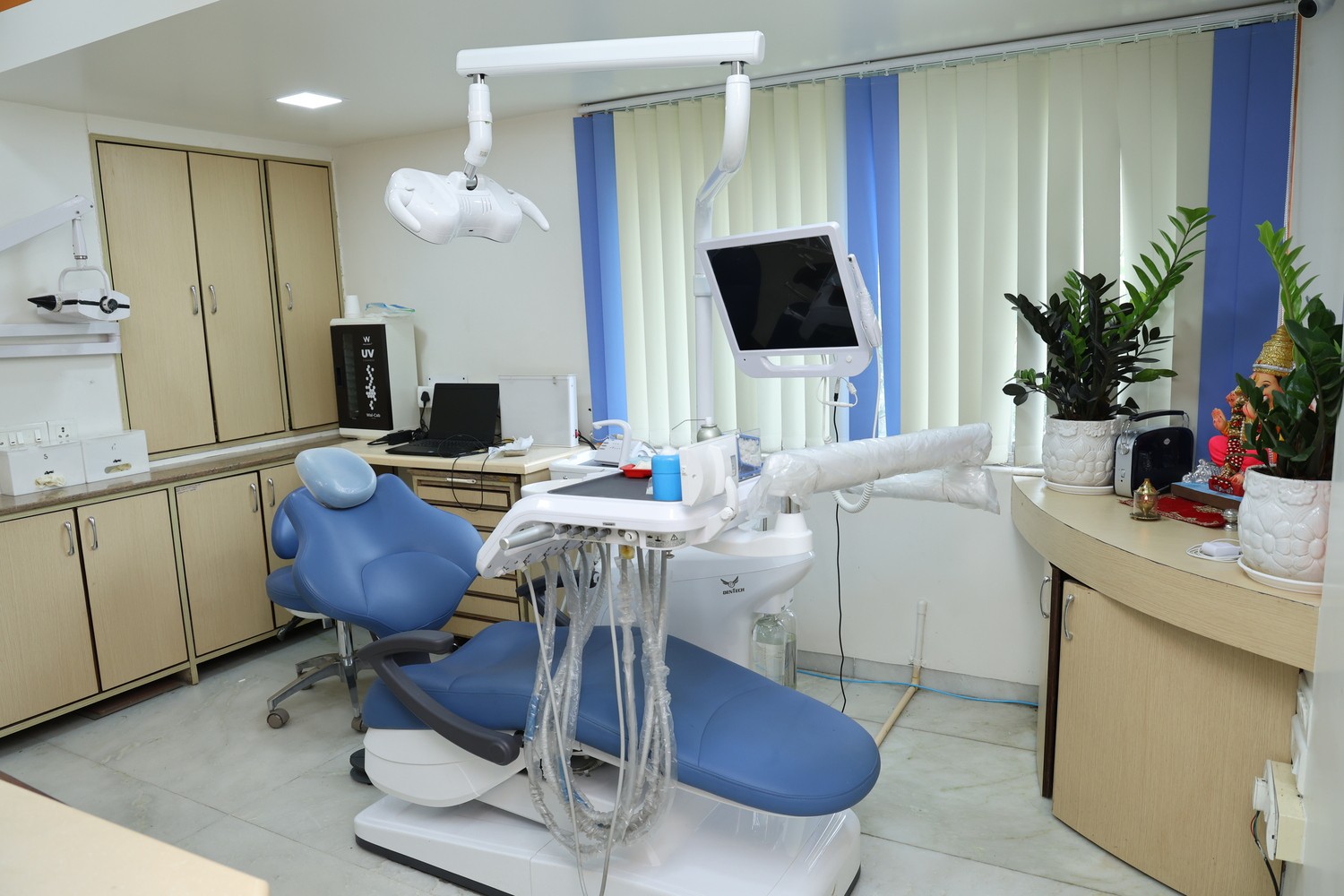Understanding Basal Implants: What Sets Them Apart
Basal implants are yet another step in the field of dental implantology, directed at meeting the demands of all patients, even ones with a medical history where conventional implants are contraindicated. This paper explores what basal implants are, how they differ from more conventional implants, and what the implications of those differences are for restoring the dentition.
What are Basal Implants?
The basal implants are the newest group of dental implant types that use the basal or cortical bone of the jaw for anchorage. Unlike other implants, where the anchorage takes place in the alveolar bone-the softer bone forming the bulk of the tooth sockets-basal implants engage with denser cortical bone. This anatomical design allows it a place even in cases where extreme atrophy has taken place in the bone, and other implants cease to hold due to a deficiency in bone density.
The significant feature of basal implants is a single-piece form, where abutment and the implant are formed in one unit. This reduces the chances of complications of multi-component systems, such as screw loosening and/or peri-implantitis.
Immediate Loading and Shortened Healing Time
Maybe, another most important advantage of basal implants is that they facilitate immediate loading. Following placement, an interim prosthesis usually can be fixed in place within 72 hours; thus, a patient may leave the clinic nearly immediately with functional teeth. In contrast, conventional implants are usually not ready to have a prosthetic tooth inserted until 3 to 6 months after placement, as they require a healing period to achieve osseointegration-the process by which the implant fuses with the surrounding bone.
This immediate loading capability is of extreme value to patients who can afford long-term edentulous periods or who need an urgent dental restoration.


Differences Between Basal and Conventional Implants
| Feature | Basal Implants | Conventional Implants |
| Bone Engagement | Anchored in basal (cortical) bone | Placed in alveolar (spongy) bone |
| Design | Single-piece design | Typically two-piece design |
| Loading Protocol | Immediate loading possible | Requires healing time before loading |
| Bone Grafting Needs | Rarely requires grafting | Often requires grafting for adequate support |
| Surface Texture | Smooth surface | Roughened surface for osseointegration |
| Complications | Lower risk of screw loosening | Higher risk of complications due to multiple parts |
Clinical Applications and Suitability
Basal implants are most suitable for patients with:
- Severe bone loss or atrophied jaw structures
- People with debilitating medical conditions like diabetes, hypertension, etc
- Failed previous implant attempts or those who have undergone unsuccessful bone grafting
- Immediate functional needs due to aesthetic or health concerns
Their new placement technique allows for strategic fixation in sites where other techniques would not be suitable. They are a very good deal for patients needing quick resolution sans extended surgical procedures.
Conclusion
Basal implants represent a new method for dental restoration. This method is very helpful for patients with medical problems where conventional implants cannot be done. Because it provides solutions quickly for patients, in contrast to other complex procedures as in situations where there is severe bone loss, basal implants are priceless in modern dentistry. However, any medical procedure needs profound consultation with a qualified dental professional to decide the best step tailored according to individual needs.
This is very essential knowledge for anyone considering dental implants, since the differences between these could affect treatment choices and outcomes in a very major way.
Title: Understanding Basal Implants: What Makes Them Unique
Meta Description: Learn how basal implants in dentistry differ from conventional implants. Find out what makes them a better option and for whom.
References
https://anveli.dental/dental-implant/basal-implants/comparison







